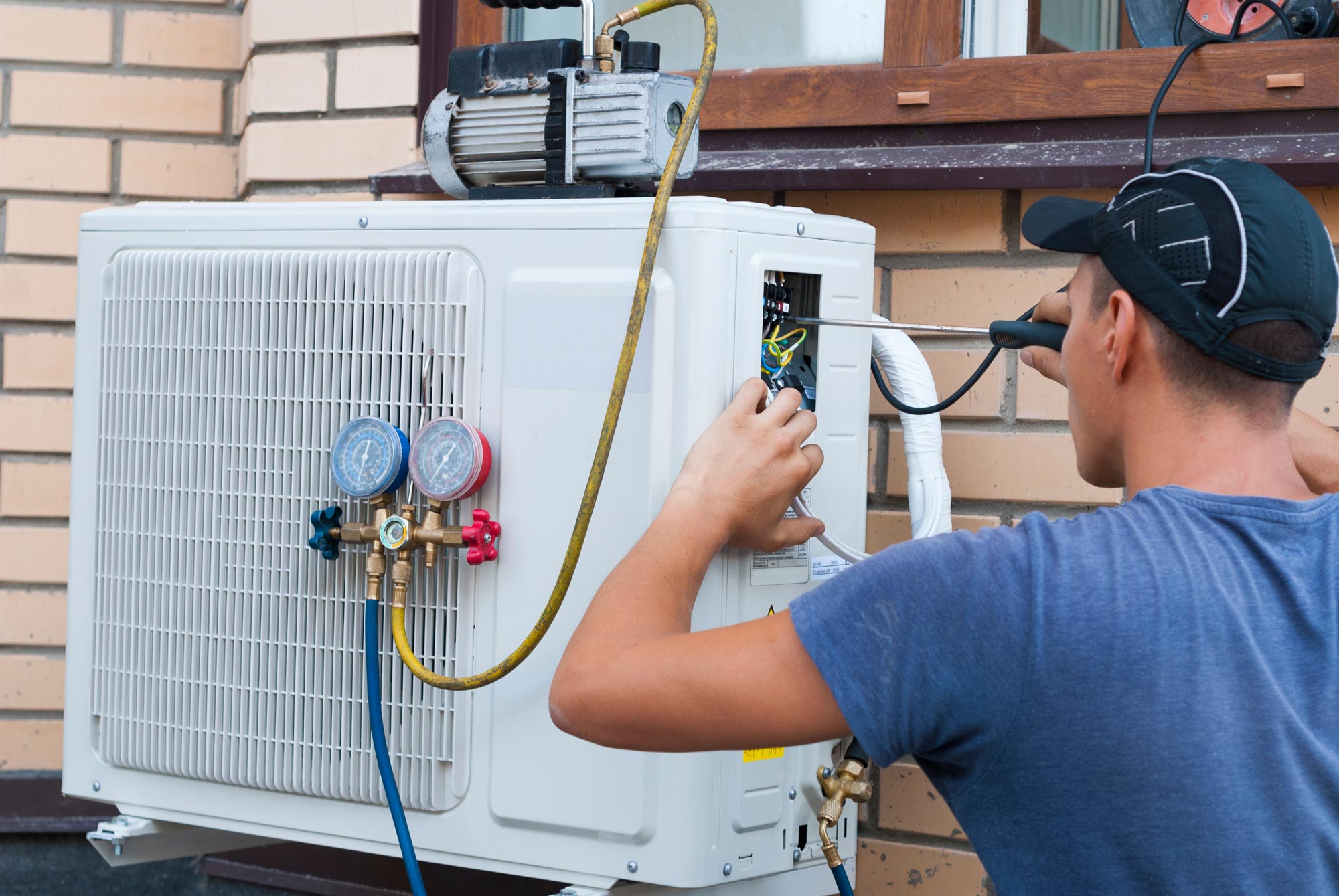The popularity of heat pump systems continues to rise as more people work toward conserving energy, instead tapping into existing sources. That’s why having a clear understanding of the inner workings of HVAC heat pumps is essential for a technician.
Here, we’ll dive into everything you need to know about these systems.
What Is an HVAC Heat Pump System?
In short, a heat pump is an all-in-one heating and air conditioning system. In the summer months, it works much like a conventional AC unit as it removes heat from inside and transfers it outdoors.
Alternatively, in the winter months, an HVAC heat pump will absorb heat from the air outdoors and transfer it to the indoor space. Even in the coldest temperatures, outside air still holds heat.
How Do Heat Pumps Work?
Similar to a conventional HVAC system, heat pumps compress a vapor refrigerant, cool it, causing it to condense to a liquid, and then provide heat absorption by evaporating it. The key difference comes during the heating process.
Heating Mode
- When it’s time to provide heat, the heat pump system can reverse itself via a reversing valve. The outdoor coil and fan acts as an evaporator, and the indoor coil and blower becomes a condenser. Refrigerant leaves the compressor as a superheated, pressurized vapor that makes its way to the reversing valve. The reversing valve then directs this vapor to the indoor unit, which is now effectively the condenser.
- The fan circulates the room’s air across the condenser. This air is considerably cooler than the hot refrigerant in the tubing. The refrigerant gives up some energy into the room’s ambient air and condenses into a liquid again. The liquid then flows through to the check valve and expansion valve to the outdoor unit.
- At the outdoor unit, the expansion valve allows the refrigerant to turn into a low-pressure, low-temperature liquid/vapor mixture again. The outdoor unit’s fan blows across the heat exchanger. This air is at a higher temperature than the refrigerant and causes the refrigerant to boil and absorb heat from outdoor air.
- The superheated vapor heads to the compressor, where it is compressed to a high pressure, high temperature vapor, and the entire cycle starts again.
It might stand against reason that the system can extract heat from outside air on a cold day, but remember that the boiling point of R134a is -26C° (-15F°), and the boiling point of R410a is -48C° (-55F°). As long as outdoor air is warmer than -273C°, there will be heat energy that can be extracted from it.
Cooling Mode
Unlike heating mode, the cooling mode for HVAC heat pumps is a lot closer to traditional HVAC principles that most technicians are familiar with.
- With the outdoor unit acting as the condenser and its indoor counterpart as the evaporator, refrigerant makes it through the compressor and leaves as a high-pressure, high-temperature vapor. The vapor then hits the reversing valve, which diverts it outdoors where it can condense and give off its heat energy.
- The outdoor unit’s fan blows across the condenser coils, with the refrigerant losing its heat and condensing again. Heat exchange happens because, even on the hottest day, outdoor air is cooler than the superheated refrigerant, and hot air will always move toward cooler air.
- Condensed into a liquid, the refrigerant leaves the outdoor unit and heads indoors. It passes another check valve, which directs it to the expansion valve. As it makes its way through the expansion valve and evaporator, it’s now a low-temp low-pressure liquid/vapor mixture. The room’s temperature is enough to boil this liquid/vapor, extracting heat from the room.
- The now-vaporized refrigerant is directed through the reversing valve and back to the compressor, where the entire cycle starts over.
This process, though complex, is important to learn as heat pumps are becoming more common in today’s market. For a quick introduction to heat pumps and how they work, check out this 7 minute video covering all the basics.
Pros and Cons of Heat Pumps
Many consider a heat pump a viable alternative to conventional systems, but that doesn’t mean they don’t come with their own drawbacks. Here are their main pros and cons of HVAC heat pumps:
Pros
- A heat pump in heat mode can operate at about 300% efficiency on electric power without the carbon footprint and resource depletion of natural gas
- A heat pump is more cost-effective than an electric furnace
- Heat pumps require less equipment as they eliminate the need for a separate furnace
- Heat pumps are safer than systems with a gas furnace, which relies on combustion from a flammable furnace
- Heat pumps require less maintenance
- Heat pump systems generally tend to have a longer service life than HVAC/furnace systems
Cons
- Higher upfront cost for installation
- More complex installation, in some cases
- Better suited for places with milder winters – in cold climates, a heat pump may need an electric or gas heat source for extremely cold days
- Some systems use non-sustainable chemicals or fluids for heat transfer and cooling
- Heat pumps do rely on electricity, meaning they are not carbon-neutral
What Are The Different Types of Heat Pumps?
Part of what makes heat pumps so innovative is the fact that there are several different systems and designs for these units.
Water-Source Heat Pumps
Water-source units utilize a body of water for heat exchange, extracting or dissipating it. This could mean a stream, a lake, or even wastewater from the residence. In the case of wastewater, it’s likely to be warmer than ambient air in the winter months but still of a lower temperature than the area that needs to be heated.
Air-Source Heat Pumps
Air-source heat pumps operate on the principle we described above, with heat being exchanged with outdoor air and ambient air inside the building.
Ground-Source Heat Pumps
Ground-source (aka geothermal) heat pumps use the ground itself as a medium, with heat exchange occurring in soil, rock, groundwater, or even a water tank that’s buried underground. Geothermal heat pumps tend to be some of the most efficient systems of all, but the engineering and installation challenges tend to be complex, raising the front-end cost.
How to Maintain Knowledge of Heat Pumps
The HVAC field is always changing and requires techs to not only maintain a working knowledge of current systems but also quickly learn trends that are taking hold in the market, such as heat pumps. There are times when even a seasoned HVAC tech can feel overwhelmed by the amount of information that has to be processed.
Luckily, companies like Interplay Learning’s Interplay Learning is there to help, from novice to apprentice, journeyman, and even master HVAC tech. Interplay Learning’s programs include animations that take you through how systems are designed and how they function. Their 3D simulations put you in real-world troubleshooting and repair situations , that are designed to build your skills and your critical thinking to track down, isolate, and fix problems you’re likely to encounter in the field.
Best of all, SkillMil puts you through these challenges safely, without risks you may face in the field. At the end of your time with Interplay Learning’s courses, you’ll be confident in your knowledge, prepped for an HVAC license, and ready to start work as a fully-qualified HVAC tech.










